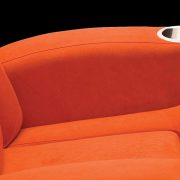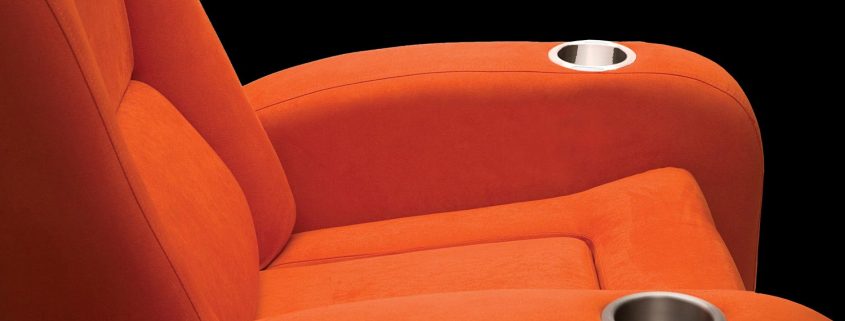Home Cinema Seating – What to Look For When Choosing Theatre Seats
What to look for when choosing your Dubai home cinema seating
Since a home theatre in Dubai is a significant investment, careful planning and research is a worthwhile process.
Specifically regarding theater seating, there are many factors and qualities which make up a high quality theater recliner. When researching theatre seating, asking the following questions can be helpful to ensure you are purchasing a theater seat that is built to industry standards.
What is the total weight?
The overall weight of a theatre chair can provide many clues as to it’s construction and quality. Entry level and mid-range seating typically weigh only 75 to 100 lbs per seat. Many times, this can mean the home cinema chair has been constructed poorly using “thin wall” wood construction and a lightweight, rickety recliner mechanism.
Our Elite HTS seats are the heaviest on the market, weighing in at an average of 170 lbs per chair. This weight is accounted for mainly by their 3/4″ thick wall framing construction, and their heavy duty, “thick and chunky” industrial grade recliner mechanism.
What kind of foam is used?
Low quality foam can start to lose form and support in as little as 3 months. It is very important for any type of furniture to use “low memory foam” that is high in density so that it can provide support for many years. Preferably, the foam should be high in density and supportive, yet still soft ad comfortable at the same time. Elite HTS cinema chairs offer soft, medium and firm foam options so that you can customize the chair according to your preference.
Is there lower back lumbar support?
As previously mentioned, one of the most common ailments for many people are lower back problems. Discomfort in this area is accentuated as the length of time increases while sitting stationary. So it is imperative that the lower back and spine are properly supported. It is important to find a suitable balance of body support and styling when purchasing theater seating for you home in Dubai. After all that is the primary purpose of any type of furniture; to provide comfort and support.
Is it a wall hugger?
A theater seat with a simple recline system pivots at the base of the seat, so sufficient wall clearance is required. The seat cushion remains stationary while the backrest reclines backwards. In comparison, a Wall Hugger moves the seat cushion down and forward, while the backrest reclines backwards. This allows the recliner to be placed only 4″ from the wall behind it. This can be very beneficial for theaters with limited space and depth.
What type of recliner mechanism is used?
A good quality recliner mechanism can be spotted by having thick steel arms, reinforced steel bracing, and a smooth reclining motion. Also, a manually operated mechanism such as a lever design for example, will only have limited recline positions. A motorised recliner however, allows the user to recline the seat to a fraction of a degree therefore offering much more freedom and control.
How are the arms reinforced?
One of the most common flaws of any type of recliner is a poorly designed frame. This can be the difference between a recliner lasting 2 years or 50 years. The main problems associated with a poor frame design are shaky/flimsy arms, excessive squeakiness and accelerated breakdown. Usually the main cause of this is the use of low quality, cheap materials such as rejected plywood or the use of wood that is simply not strong enough or thick enough. Also, if just simple nails are used to build the frame, over time they can become loose from the constant shifting and bending of the wood frame.
It is highly recommended to use a combination of fitted joints, screws and glue to construct a strong frame. lastly the arms of a recliner should be reinforced at the highest point possible. This prevents the arms from shaking and moving. If an arm is reinforced near it’s base, then it will most probably be prone to cracking and breaking at the joint which in turn will cause shaky/flimsy arms.


